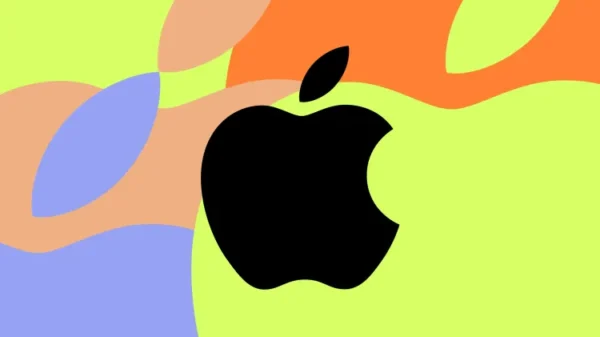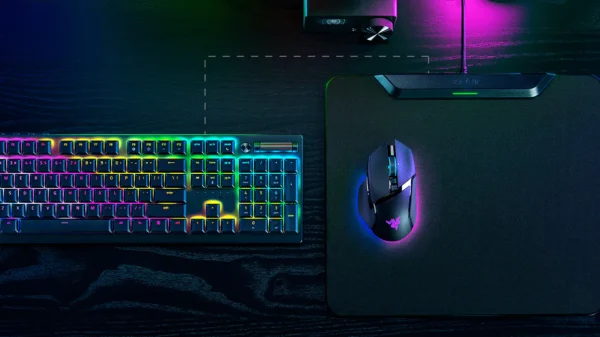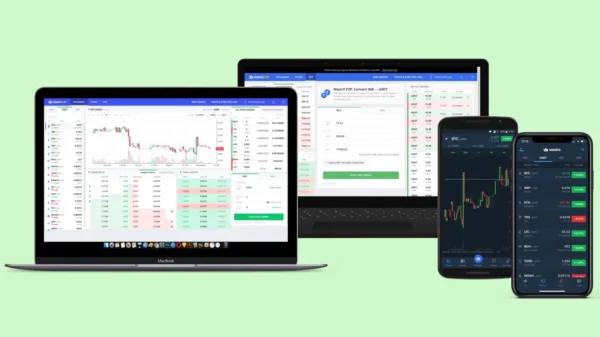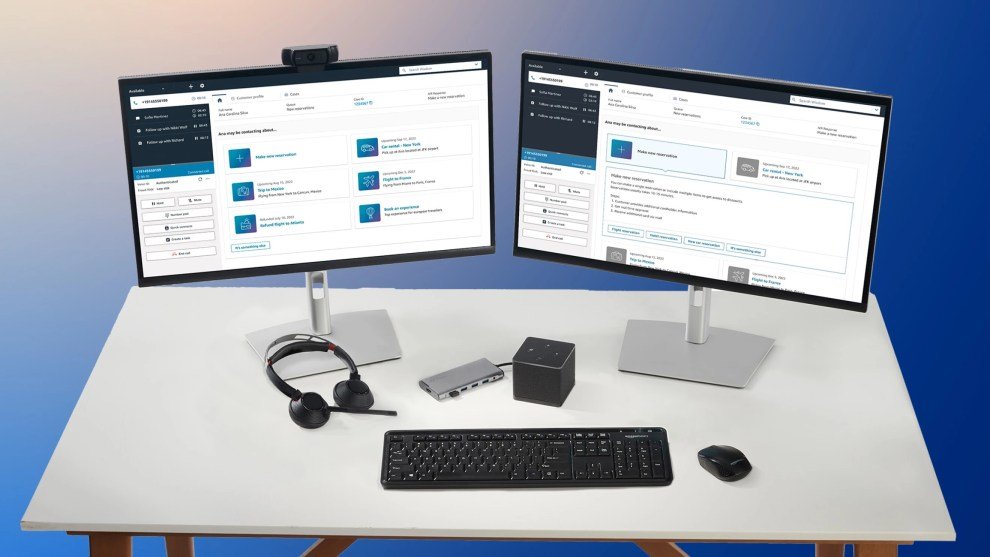Amazon’s newest thin client is designed to appear like one of its Fire TV Cube streaming media players. This morning, the firm announced that it will begin selling new devices for $195, enabling business customers to access virtual desktop environments such as Amazon WorkSpaces via the Internet.
Amazon chose to put the devices in hardware known as the Fire TV Cube to capitalize on the experience already had by the retail giant’s division responsible for producing streaming media players.
The business claimed that the decision to construct new hardware resulted from consumer input expressing a desire to reduce overall expenditure on information technology by exchanging pricey desktop computers and laptops with more cost-effective alternatives. Amazon claims that most of its workplace clients connect to virtual desktops based on AWS End User Computing Services, such as Amazon WorkSpaces, WorkSpaces Web, or Amazon AppStream. However, they often do so via computers or laptops that cost their company between $600 and $1200 apiece.
Although the new thin clients will not have all of the features that a dedicated P.C. does, their prices will be far lower than those of the dedicated P.C.s. Nevertheless, the objective was to provide clients with a means of getting new end-user hardware up and operating quickly and at a more economical price point. In addition, when it came time to develop the hardware, Amazon consciously decided not to create something entirely new.
Melissa Stein, director of product for end-user computing at Amazon Web Services and the one who led the Amazon WorkSpaces Thin Client project, stated in an announcement about the new technology, “We already have an entire division within our company that makes devices.” She said, “Combining the expertise that the Amazon Devices group has to offer with the logistics that Amazon Business provides and the power that the AWS Cloud provides is a powerful combination for customers.”
Although Stein’s team developed a new software stack for the device, they were spared the expense of developing new hardware because they could reuse the existing componentry.
Offloading a significant portion of the thin client’s processing power to a cloud service, the AWS Cloud, enables the client to provide low-cost computing. This implies that the device doesn’t store data and only runs IT-approved and IT-delivered software. This provides an additional layer of data protection. If a device is misplaced or stolen, the data belonging to the firm will still be safe in the cloud.
However, in contrast to the Fire TV Cube, which serves as a hub for users to connect their own entertainment devices like a television, the thin client features USB and HDMI connections that enable the connection of a wide variety of peripherals. These include twin monitors, a mouse, a keyboard, a camera, a headset, and many more. Inside, the team worked on developing new firmware and software, including an operating system allowing employees to access the cloud apps their company had developed.
I.T. departments can also remotely administer devices, allowing them to assist customers or upgrade devices for new employees. They can examine information using the AWS Management Console, such as which devices are currently operational and what software version each device is running. They can also remotely reset a device or associate it with a new profile. Additionally, administrators may save time by configuring groups of devices with their own rules, permissions, and access restrictions. This can be done independently for each group of devices.
Additionally, thin clients support both on-device authentication and integration with Amazon’s virtual desktop services. Amazon’s virtual desktop services include WorkSpaces for persistent desktops, AppStream for nonpersistent apps, and browser-only access via WorkSpaces Web.
Amazon guarantees that clients can set up and use the devices in just five minutes after ordering them pre-configured and purchasing them through Amazon’s business-to-business (B2B) marketplace. According to what it claims, it takes less time than it takes to set up business laptops or PCs, which can frequently consume days for those working in information technology.



































